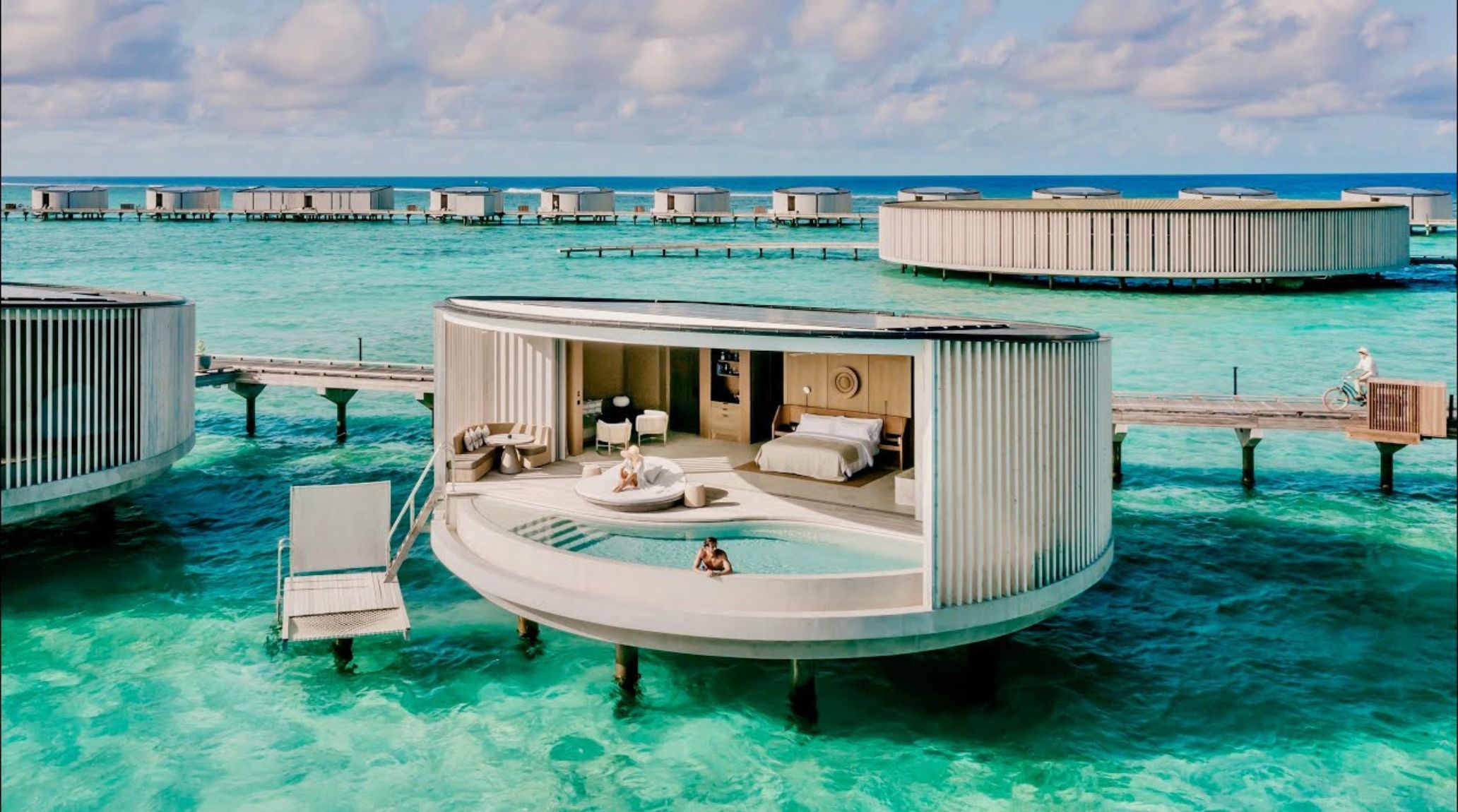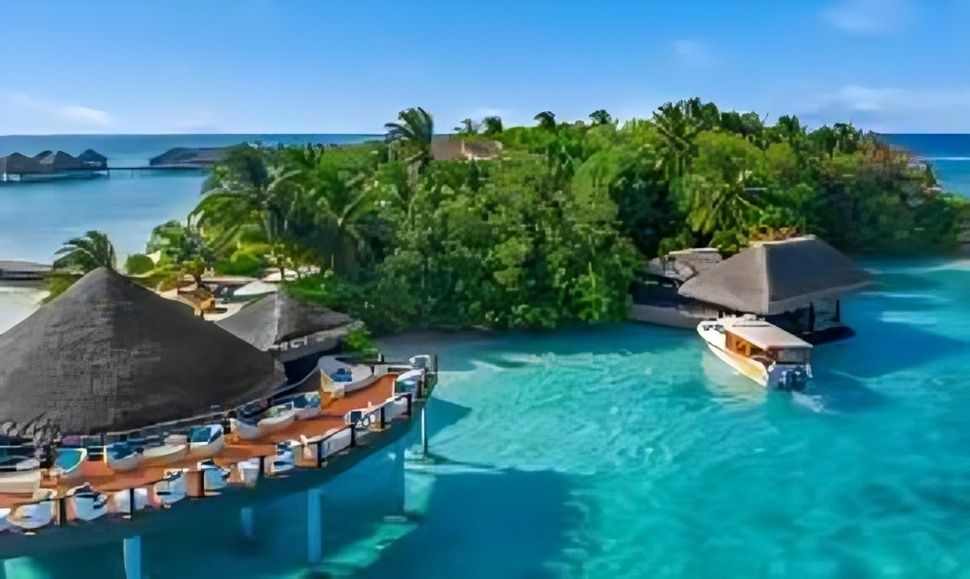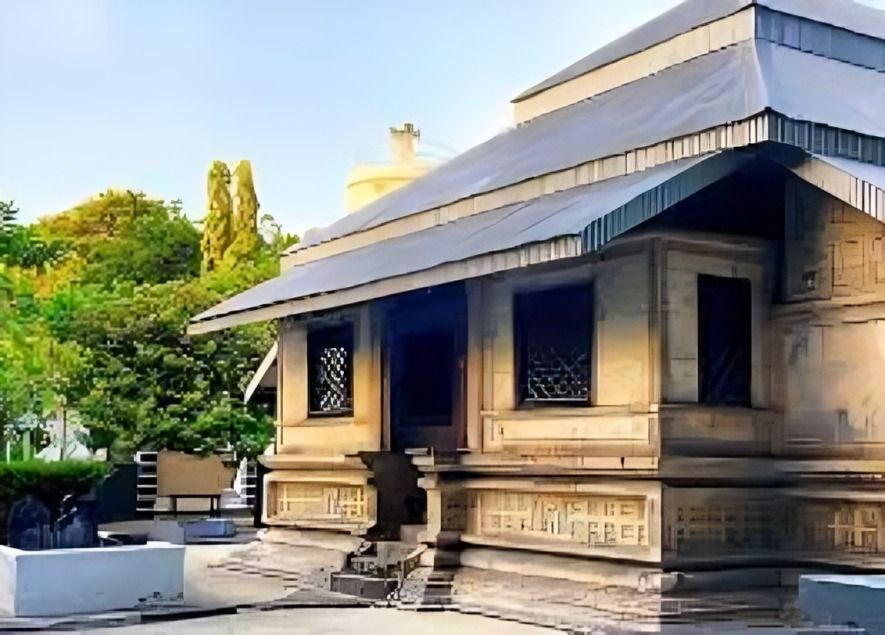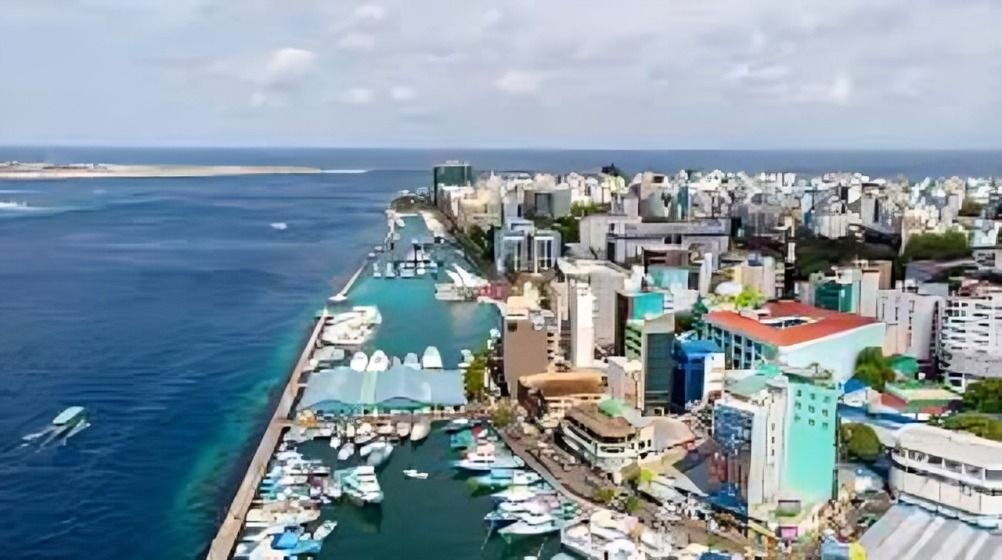
“
The Maldives is a tropical paradise that seems to exist beyond the ordinary. Known for its crystal-clear waters, pristine white-sand beaches, and luxurious resorts, it’s a dream destination for travelers from around the globe. However, beyond its natural beauty, the Maldives is full of mind-blowing facts that make it even more fascinating. This archipelago of 1,192 islands holds many surprises—from its unique geography to its rich marine biodiversity. Whether you’re planning a getaway or just curious, this blog will take you through 20 mind blowing facts about Maldives, revealing the hidden treasures of this Indian Ocean jewel.1
”
The Maldives holds the title of the world’s lowest country, with an average elevation of only 1.5 meters, making it extremely vulnerable to rising sea levels and climate change. 1
This island nation consists of 1,192 coral islands grouped into 26 atolls, of which only about 200 are inhabited, forming a stunning and remote paradise for visitors. 2
Home to over 2,000 species of fish, along with manta rays, sea turtles, and sharks, the Maldives boasts some of the world’s most biodiverse coral reefs. 3
Unique underwater experiences, like Ithaa Undersea Restaurant, allow visitors to dine below sea level, surrounded by marine life, providing an unforgettable way to experience the ocean’s beauty. 4

Certain beaches in the Maldives, such as Vaadhoo Island, glow blue at night due to bioluminescent plankton, creating a magical, otherworldly shoreline that attracts tourists year-round.
Dhivehi, the official language, is written in the unique Thaana script from right to left, reflecting the Maldives’ rich cultural heritage and linguistic uniqueness.5
In 2009, the Maldivian government held an underwater cabinet meeting to raise global awareness about the threats of climate change, emphasizing the nation’s vulnerability to rising waters. 6
The Maldives is home to luxurious private island resorts that offer seclusion, stunning landscapes, and world-class services, making it one of the most sought-after vacation destinations. 7
Maldivian cuisine is a flavorful fusion of Indian, Sri Lankan, and Arabic influences, with dishes like mas huni, a tuna and coconut breakfast dish, serving as local favorites. 8

Coral stone architecture, like the 17th-century Male Friday Mosque, showcases the Maldives’ distinctive building traditions, with intricately carved structures made from coral, a locally abundant resource.
The Maldives serves as a sanctuary for five sea turtle species, including the endangered green and hawksbill turtles, underscoring its importance in global marine conservation efforts. 9
Traditional dhoni boats, resembling Arabian dhows, are an essential part of Maldivian culture, used for fishing and transportation, and symbolizing the nation’s deep maritime heritage. 10
The Maldivian flag, adopted in 1965, reflects the nation’s resilience, with colors representing sacrifice, prosperity, and peace, embodying the spirit of this small island nation. 11
Festivals such as Eid al-Fitr and Independence Day are celebrated with traditional music, dance, and feasts, showcasing the vibrant culture of the Maldives and its customs. 12

Despite being one of Asia’s smallest countries, the Maldives attracts millions of tourists yearly, drawn by its unparalleled natural beauty and unique experiences like diving and underwater dining.
The Maldives emphasizes environmental sustainability, with efforts such as the Green Fund and marine protected areas demonstrating a commitment to preserving its delicate ecosystem. 13
Maldivian folklore includes the tale of Rannamaari, a mythical sea serpent that once demanded sacrifices, highlighting the country’s deep-rooted beliefs and island folklore. 14
Male, the Maldives’ capital, is one of the world’s smallest capitals yet serves as the nation’s bustling economic, political, and cultural hub. 15
Historically, the coconut tree was central to Maldivian life, providing materials for food, shelter, and even fuel, showcasing the tree’s versatility and importance to the islands16
The Maldives has two distinct tourism seasons: a dry season from November to March, ideal for tourists, and a rainy season from May to October, when marine life comes closer to shore. 17


